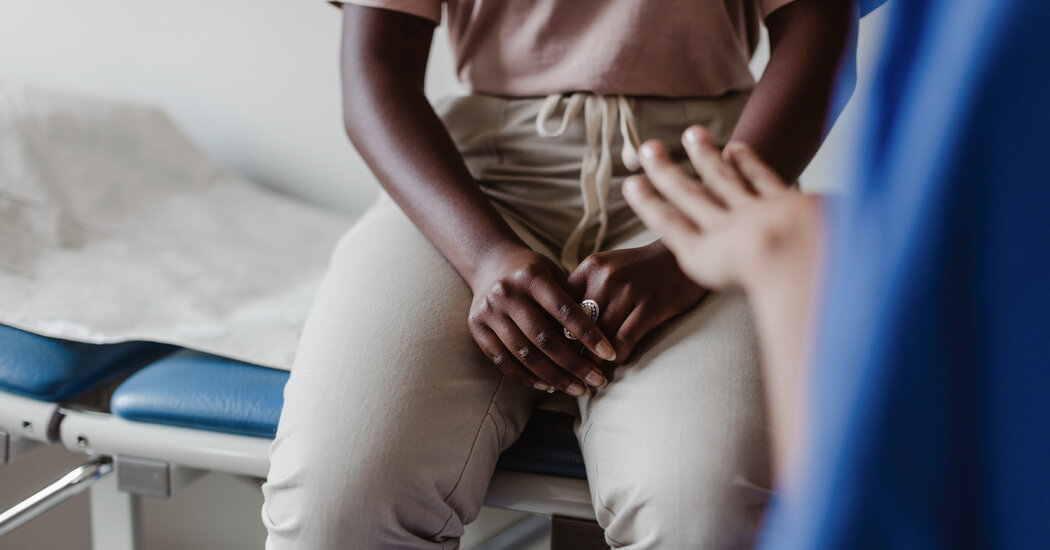The actress Olivia Munn credited a simple tool with helping her doctor catch the disease early. But experts cautioned that it can’t give you the full picture.
This week, the actress Olivia Munn shared that she was diagnosed with and treated for breast cancer last year, and credited a risk calculator with helping her doctor catch the cancer early.
“Ask your doctor to calculate your Breast Cancer Risk Assessment Score,” Ms. Munn urged the public in her post.
Medical experts are enthusiastic about the spotlight on risk calculators, but they caution that the results are only rough estimates and need to be interpreted with the help of a doctor. Here’s what to know.
What do breast cancer risk calculators take into consideration?
About one in eight women will develop breast cancer in her lifetime. But tools like the one Ms. Munn’s doctor used can offer a more personalized picture of an individual patient’s risk.
There are two main calculators: the Breast Cancer Risk Assessment Tool, also known as the Gail model, and the Tyrer-Cuzick Risk Assessment Calculator, also called the IBIS model. Both ask users their age, race, ethnicity, family history of breast cancer, when they first started their periods, and, if they have children, how old they were when they had their first child. All of these factors can influence a person’s risk of breast cancer.
The IBIS calculator also asks for information about an individual’s biopsy history, breast density and the age at which any family members were diagnosed with breast cancer.
